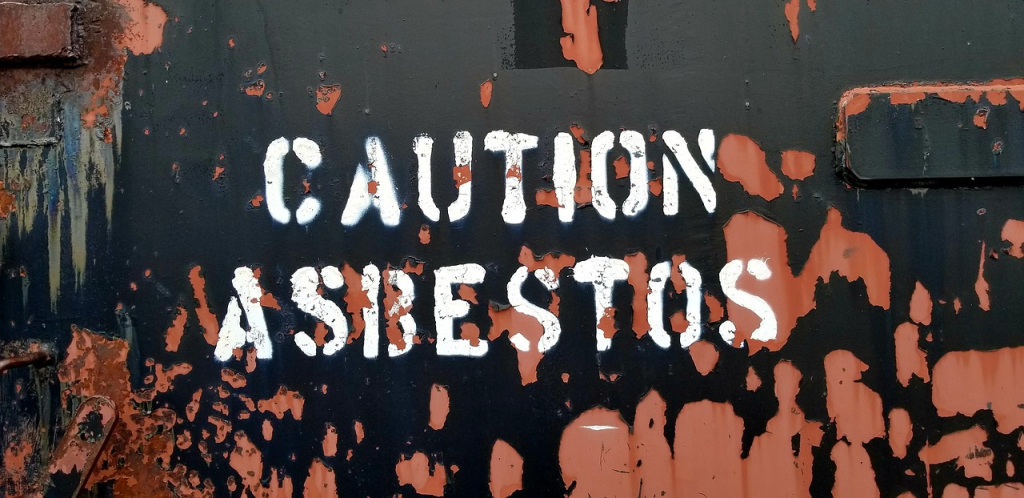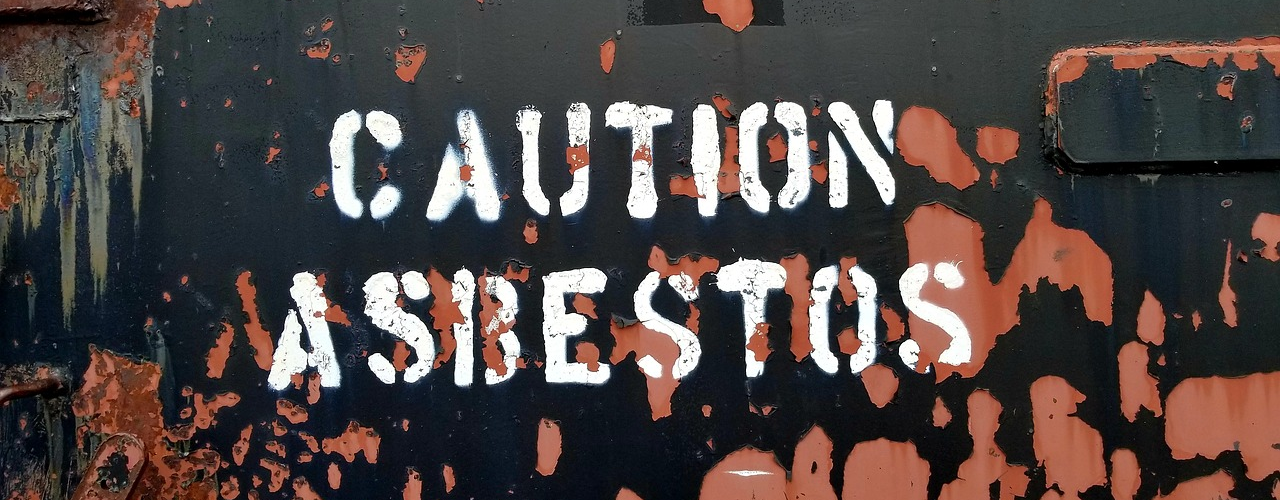
If you own or have recently bought a property in Sydney, you’ve probably heard about the importance of checking for asbestos. This once-popular building material, known for its fire-resistant and insulating properties, has now become infamous for its severe health hazards!
When asbestos-containing materials deteriorate, they release tiny fibres into the air, which, when inhaled, can cause serious health issues, including lung cancer and asbestosis. As a result, asbestos removal is a critical procedure for ensuring the safety of any building or renovation project. DIY asbestos removal is never recommended unless someone has the necessary training, qualifications and safety equipment to carry out the job safely! In this blog post, we will walk through the step-by-step process of asbestos removal, which includes inspection, containment, removal and post-removal testing. Thorough completion of each step in the process is vital to ensure the health and safety of our home or renovation project. So, let’s start at the beginning!
Step 1: Careful Inspection

The first and most crucial step in asbestos removal is a thorough inspection. Identifying asbestos-containing materials (ACMs) is essential to determine the scope of the removal process. For maximum safety, it’s vital to enlist the services of a qualified asbestos inspector. Whoever you choose to hire, make sure they carry out all the following steps!
A professional inspector will always thoroughly survey the entire area for potential ACMs. This includes ceilings, walls, floors, insulation, roofing materials, and more! Then, the inspector will carefully collect samples of materials suspected to contain asbestos. These samples must be sent to an accredited laboratory for analysis!
Finally, based on the lab results, the inspector will assess the risk level associated with the identified ACMs. This evaluation helps plan the removal process and determine the necessary safety precautions.
A good asbestos inspector will also provide a detailed report documenting the locations and conditions of the ACMs. This report serves as a valuable reference for the removal process!
Step 2: Containment

Once the presence of asbestos has been confirmed, the next step is containment. Containment is essential to prevent the release of asbestos fibres into the air during the removal process!
Before anything else, the work area should be sealed off from the rest of the building using plastic sheeting or other appropriate barriers. All openings, such as windows and doors, should also be sealed to create an airtight environment.
In order to ensure that any fibres released during removal are contained within the work area, negative pressure systems must be used. These systems constantly remove air from the contained space and filter it to capture any asbestos particles!
Wearing protective clothing is also essential for safe asbestos removal. To prevent contamination, all workers involved in the removal process must wear specialised protective clothing, including coveralls, gloves, respirators, and other personal protective equipment (PPE).
Continuous air monitoring must be conducted both inside and outside the containment area to ensure that asbestos levels remain within safe limits. Now, we are ready for the actual asbestos removal!
Step 3: Removal
The actual removal of asbestos-containing materials is a meticulous process that involves several crucial steps. While removing small amounts of asbestos yourself may be legal, the Sydney government recommends hiring a licensed Lake Macquarie asbestos removal specialist because of the high risks involved. It’s vitally important to find a licensed and certified asbestos removal contractor to perform this work to ensure the job is carried out correctly.
The first step of asbestos removal is wetting down the ACMs to minimise the release of fibres. Wetting keeps the asbestos materials from becoming friable, making them less likely to break apart and become airborne, which can be very dangerous if breathed in.
ACMs should then be carefully removed using tools specifically designed for asbestos work. It is extremely important that materials are kept intact and not broken or crushed to avoid fibre release.
All asbestos materials are then placed in special bags designed to prevent fibre release. These bags are sealed tightly and labelled as hazardous waste.
The next step is decontamination! Workers exit the containment area through a decontamination enclosure. Here, they remove their protective gear and shower to ensure they are free of asbestos fibres before leaving the work area.
Finally, it’s time for the cleanup. After all asbestos materials are removed, the containment area undergoes a thorough cleaning process. This includes wiping down surfaces, using HEPA vacuum cleaners, and ensuring that no asbestos dust remains!
Step 4: Post-Removal Testing

Once all the asbestos-containing materials have been removed, post-removal testing is a crucial step to ensure that the work is successful and that the area is safe for reoccupation!
So, after the removal process is complete, air clearance testing should be conducted. The goal is to confirm that the air within and around the work area contains safe levels of asbestos fibres. The containment area can be dismantled if the results are within acceptable limits.
Once air clearance is achieved, the entire work area is thoroughly cleaned and decontaminated. This includes the removal of all plastic sheeting and containment equipment!
Now it’s time for the moment of truth, the final inspection! This check is conducted to ensure that no visible asbestos residue or contamination remains. This is usually done by the same asbestos inspector who initially surveyed the area.
Comprehensive records of the asbestos removal process, including inspection reports, air clearance results, and final inspection records, should all be compiled and provided to you as the building owner.
If all tests and inspections pass successfully, the building can be declared safe for reoccupation. This means it is free from asbestos hazards and ready for renovation or normal use!
Be Thorough, Stay Safe
Hopefully, this guide has helped you understand how the process of asbestos removal is complex and hazardous, demanding strict adherence to safety protocols and regulations. It is not a DIY task and should only be carried out by licensed professionals with expertise in Newcastle asbestos removal! Proper inspection, containment, removal, and post-removal testing are critical for ensuring the safety of both workers and homeowners.
When carried out correctly, asbestos removal protects against the long-term health risks associated with asbestos exposure, making it an essential step in maintaining safe and healthy living and working environments! If you suspect the presence of asbestos in your building, do not hesitate to consult a qualified asbestos removal company to guide you through the entire process. Your safety is paramount, so ensuring asbestos is removed safely and thoroughly is essential to keeping you and your family safe!

